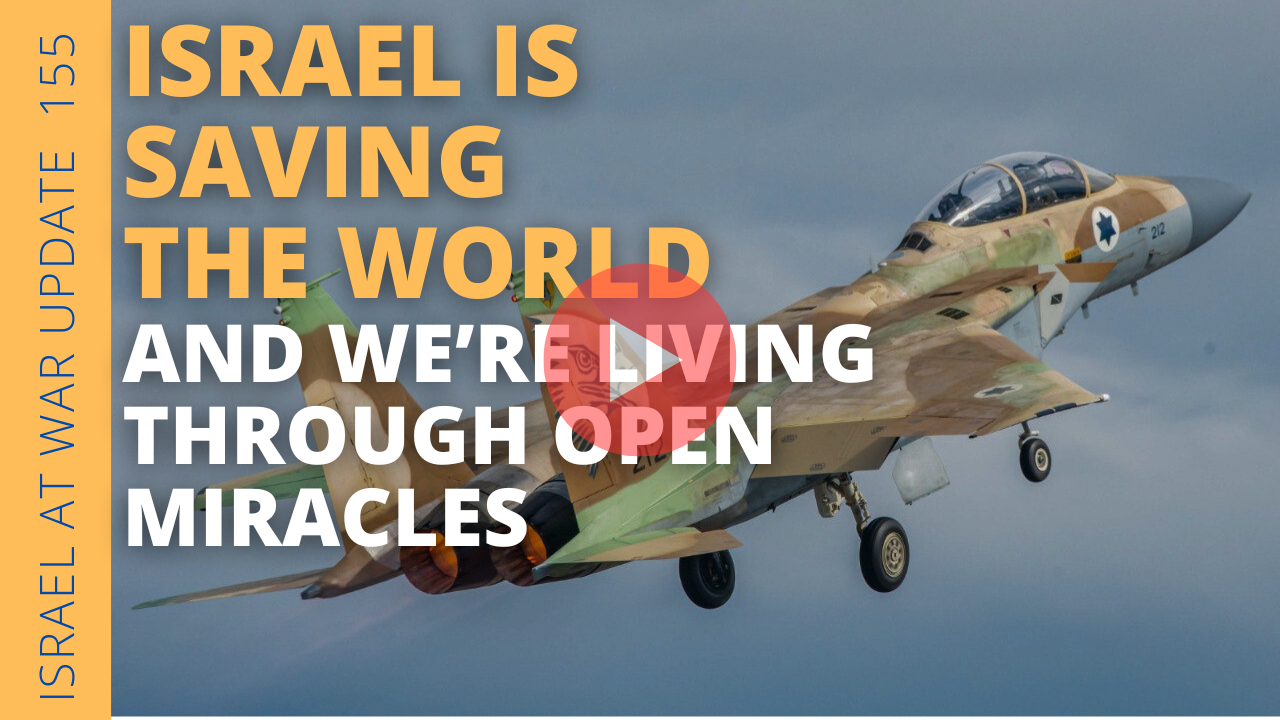The Bantus should be asked what they think about appointing someone like Ilhan Omar to the role of vice chairwoman of the subcommittee with jurisdiction over Africa and global human rights issues considering that her Arab tribe are racists responsible for the ethnic cleansing of Bantus – and that she never moved a finger to restitute the land stolen by her people from the Bantus
On February 11, 2021 the Star Tribune reported “U.S. Rep. Ilhan Omar is rising on the House Foreign Affairs Committee as she steps into the role of vice chairwoman of the subcommittee with jurisdiction over Africa and global human rights issues…” The Coalition for Jewish Values demanded the appointment be rescinded.
Ilhan Omar’s appointment to the role of vice chairwoman of the subcommittee with jurisdiction over Africa and global human rights issues is absurd if one considers she belongs to an Arab tribe with a long history of racism and ethnic cleansing against the Bantus which she has never repudiated..
On February 13, 1994 The Seattle Times reported about racism in Ilhan Omar’s Somalia as follows: Ilhan Omar belongs to the Majeerteen Clan who are members of the Arab Darood family:. “Amid the hatred and violence that cut so many ways in Somalia, people of Arab descent with soft hair hold sway over those who wear the hard curls of an African.”
“The soft hairs, Somalis whose ethnic roots are buried in the sands of the Arabian Peninsula, own the businesses, carry the guns and run the political factions that are vying to replace deposed dictator Mohamed Siad Barre.
“Warlord Mohamed Farrah Aidid is a soft-hair. Arab-descended Somalis have also robbed their hard-haired countrymen, many of whose ancestors were East Africans, of their farms and forced them into modern-day servitude that borders on slavery. ‘Somalia has a racism problem. It’s one of the dirty little secrets that the civil war has exposed,’ said Ken Menkhaus, a Somalia scholar and U.N. adviser from Davidson College in North Carolina.
“‘The distinction is not color, but ancestry. The Somalis of Arab descent call their brethren tiimo jereer – hard hairs. Or, more honestly, addoon – slave. That is what many were a century ago and what they have become again since civil war ripped away what little protection they had.
“For lack of a more accurate term, aid workers call the East African-descended people Bantus after the group of languages many of their ancestors spoke. New deeds written Under Siad Barre’s 22-year regime, the 300,000 or so Somali Bantus lost much of their land to government officials who simply wrote themselves deeds to the richest farms along the Jubba and Shabeelle rivers of southern Somalia. During the famine, those landless Bantus were the first to go hungry.
“When Siad Barre fell, the Somali clan gunmen came, again forcing Bantus from their farms, raping Bantu women and settling into a pattern of routine extortion that could only be called servitude by terror. ‘We have to work for the people who stole our land. Our girls have to work as servants in our own houses,’ said Aden Yusuf Aden, 28, a resident of Sagaalaad, a predominantly Bantu village on the banks of the crocodile-infested Shabeelle, 19 miles west of Mogadishu…”
Joshuaproject.net reported “The Somali Bantu are made up of diverse groups, such as the Mushunguli, Shambara, Gobaweyn, Shidle, Makanne, Shabelle, etc. Some of these groups have lived in Somalia for many centuries as farmers along the rivers, and have adopted the language and culture of the surrounding Somalis. Other groups originated in Tanzania and Mozambique and were brought to Somalia as slaves during the 19th century. After escaping their captors they also settled as farmers along the villages.”
“The different Somali Bantu groups are united primarily because of the racial discrimination they face within Somalia. Most Somalis will not intermarry with Somali Bantus, and some will not even eat with them or enter their house. During the civil war in Somalia, Somali Bantus were one of the most vulnerable groups and suffered horribly at the hands of clan militias and criminal gangs.”
In 2015 World Bulletin reported “Between the two only permanent rivers in arid Somalia, the Juba and Shabelle, lays one of the most fertile lands in the continent. For years, it has made Somalia the highest producer of bananas in Africa. It is Somalia’s food basket and a land that has been fought over by successive warlords during two decades of war.
“This is the home of a minority community known as the Jareerwayne, or Somali Bantu, who number one million out of the country’s population of 10 million, according to the UNHCR. Unlike their pastoralist neighbors, Bantus are a farming community. The Bantus, or Jareerwayne as they prefer to call themselves, are also different in physical appearance. They share negroid features of wooly hair and broad noses – unlike ethnic Somalis, who have Caucasoid features like milky hair and straight noses.
“‘Our ancestors were brought to Somalia from Tanzania, Mozambique and Malawi as slaves more than 400 years ago, mostly to toil on the fertile land along the Shabelle and Juba,’ Hussein Abdi, a 36-year-old Somali Bantu living as a refugee in Nairobi’s mainly Somali Eastleigh district, told the Anadolu Agency. But even after the abolition of slavery and Somalia’s independence from Italy in 1960, the ethnic minority, which has been vital to the national economy, has felt marginalized, ‘I fled Mogadishu ten years ago and sought refuge in Kenya,’ said Ahmed. ‘I couldn’t take the fighting anymore, but above all I couldn’t live like I was – a second-class citizen with no rights,’ he lamented. ‘We are always looked down upon in Somalia.’
“The community has in the past been sidelined in terms of decision making. ‘Since our independence, we have never had a jarerwayne become a president, a parliament speaker, a prime minister, an army general or even an ambassador,’ said Tiidow Hassan, a Somali Bantu community activist currently living in Sweden. ‘They have kept us away from the government and political system,’ he told AA by phone. ‘The system based on equal share is a mirage.’
“…The Somali civil war led to a large exodus of Somali Bantus who crossed over to Kenya, while others –who could trace their original tribes back to the time before their ancestors were sold in the Zanzibar slave market by Arabs and Swahilis – were resettled in Tanzania. Most of their homes back in Somalia were destroyed by invading clan militias and their farms taken by new migrating Somali clans…”
The Bantu are victims of ethnic cleansing. Although they are a minority in Somalia, according to Human Rights Watch they are a majority in the refugee camps in Kenya.
The Muslim\Arab Slave Traders
Wikipedia on Somalia says: “Slavery in Somalia existed as a part of the Arab slave trade. To meet the demand for menial labor, Bantus from southeastern Africa captured by Somali slave traders were sold in cumulatively large numbers over the centuries to customers in Somalia and other areas in Northeast Africa…”
Desmond Berg wrote in April 30, 2018 on Sovereignnations.com “…some historians assert that as many as 17 million people were sold into slavery on the coast of the Indian Ocean, the Middle East, and North Africa, and approximately 5 million African slaves were bought by Muslim slave traders and taken from Africa across the Red Sea, Indian Ocean, and Sahara desert between 1500 and 1900 ( “Focus on the slave trade”. BBC). The captive slaves were sold in slave markets throughout the Middle East.”
“…Ethnic Bantu slaves bought by Arab slave traders from southeastern Africa were sold in cumulatively large numbers over the centuries to customers on the Arabian Peninsula, Egypt, Ethiopia, India, the Persian Gulf, Somalia, and European colonies in the Far East of Asia (Gwyn Campbell, The Structure of Slavery in Indian Ocean Africa and Asia, 1 edition, (Routledge: 2003)…” Read more at A history of Arab Slave Trade in Africa.
David Gakunzi wrote in the JCPA in September 2018 “…The Arab slave trade was characterized by appalling violence, castration, and rape. The men were systematically castrated to prevent them from reproducing and becoming a stock. This inhumane practice resulted in a high death rate: six out of 10 people who were mutilated died from their wounds in castration centers. The Arab slave trade also targeted African women and girls, who were captured and deported for use as sex slaves.”
“According to the work of some historians, the Arab slave trade has affected more than 17 million people. In the Saharan region alone, more than nine million African captives were deported and two million died on the roads. This despicable phenomenon was legitimized by Islam, as Christianity would later condone the transatlantic slave trade. For example, the Tunisian Arab historian Ibn Khaldun (1332-1406) wrote that “the only peoples to accept slavery are the Negroes, because of their lower degree of humanity, their place being closer to the animal stage.”
“The Algerian Arab theologian Ahmed al-Wancharisi (1430/1431-1508) offered legal and religious recommendations: ‘I have been asked about slaves from the land of Abyssinia who profess monotheism and accept the rules of the Holy Law: is it legal or not to buy and sell them?… If their conversion to Islam comes after the establishment of a property right [on these slaves], then Islam does not demand liberation, because slavery was caused by unbelief. The state of servitude persists after the disappearance of unbelief because of its existence in the past.
“When they arrived at destinations, the captives were sold in the slave markets of Cairo, Baghdad, Istanbul, Mecca, and other centers. These slaves played various roles in the economy of the Muslim world. They were used as servants, harem keepers, laborers in fields, mines, and hydraulic yards, and as cannon fodder in armies.
“Ill-treatment sometimes led slaves to rebellion. For example, the revolt of the Zanj, which occurred near the city of Basra in Iraq in 869, lasted 15 years. Under the command of Ali Ibn Muhammad, slaves from East Africa and the Great Lakes region rose up, took control of many cities, and founded an embryonic state. They were defeated only in 883.
“The Arab slave trade had a tragic impact on the evolution of African societies. Some areas were completely devastated and depopulated. Welsh explorer Henry Morton Stanley (1841-1904) was a horrified witness of this traffic. He wrote that after the depredations of the Arab traffickers, ‘the black blood flows toward the north, the equator smells corpses.’
“The Arab slave trade also promoted the development of racialist and essentialist theories that view blacks as inferior by nature. In many Arab countries this racism still exists; for example, the same words are used to describe Africans, blacks, and slaves…”
Slavery today in Somalia and Mauritania
Nikala Pieroni reported in November 12, 2015 on a site that has since been suspended that slavery still exists in Somalia “….According to many, Somalia is a state that is very vulnerable to modern slavery…city centers in both Puntland and Somaliland are used to transport people from southern and rural Somalia up into other parts of Africa…The essay by Kathleen Fitzgibbon entitled ‘Modern Day Slavery?’ also brings up a situation that has been large in Somalia, the use of children in warfare. While she states that this does not just happen in Somalia, she explains that many children in Africa are abducted and forced to fight in civil wars, which Somalia has been a part of for many years. There is a desperation in small militias to produce enough power to fight, and forcing people into militaristic slavery is one way that this has happened..”
As I wrote at the start of this article, the Bantus should be asked what they think about appointing someone like Ilhan Omar to the role of vice chairwoman of the subcommittee with jurisdiction over Africa and global human rights issues.
Originally published on IsraelNationalNews.com


 Whatsapp
Whatsapp





